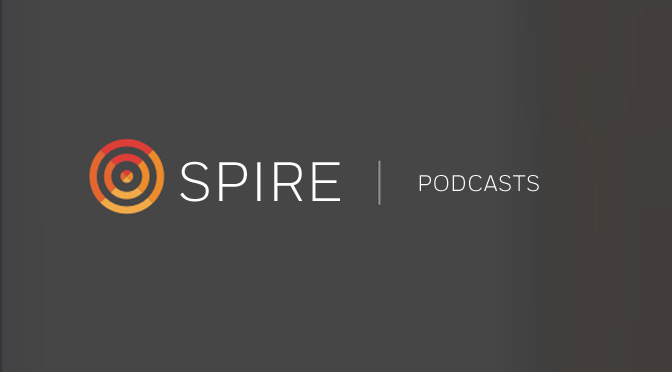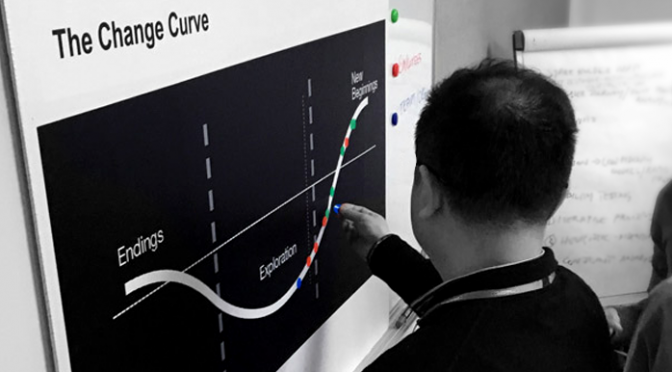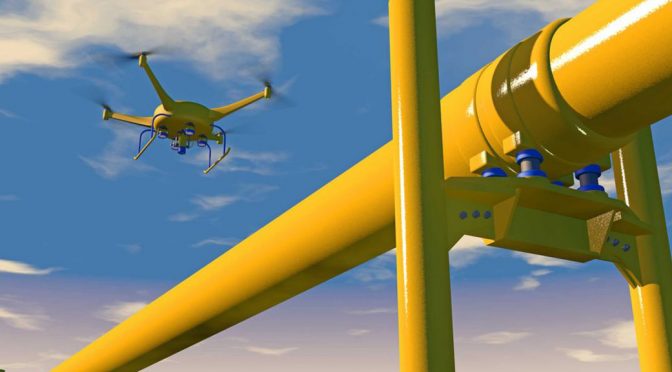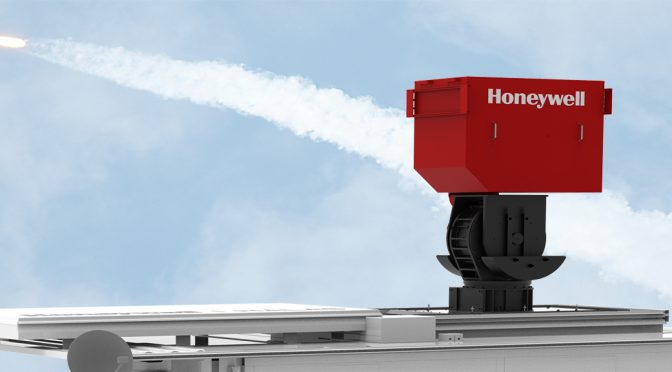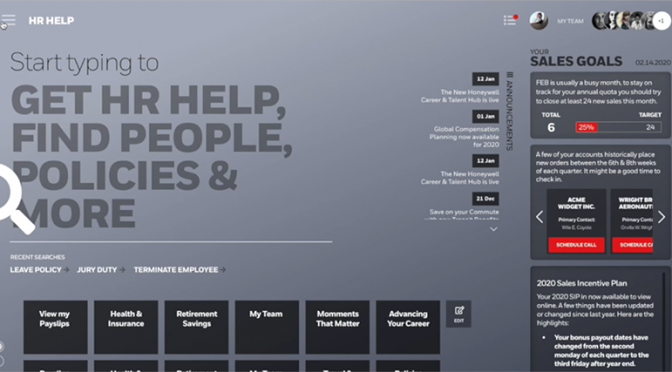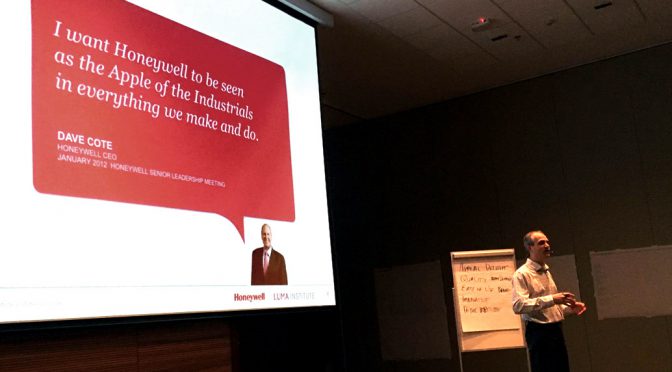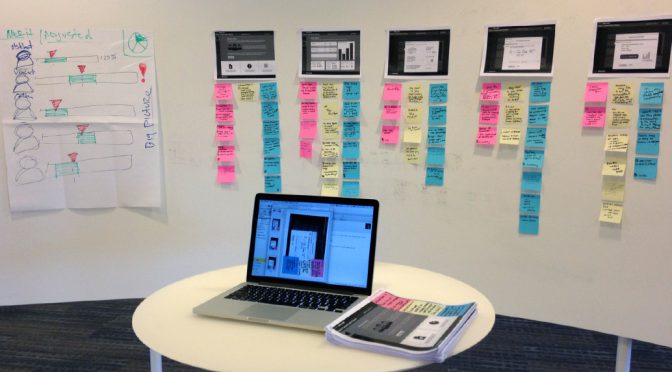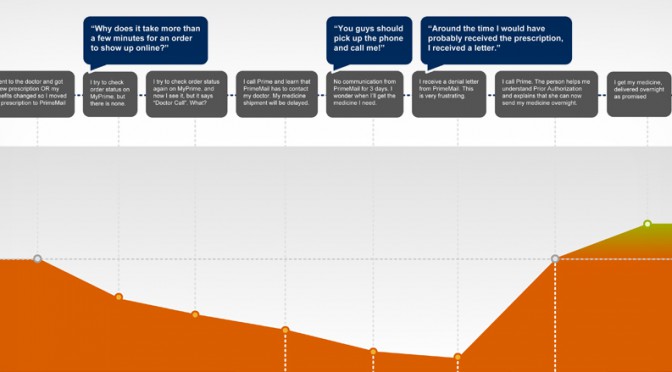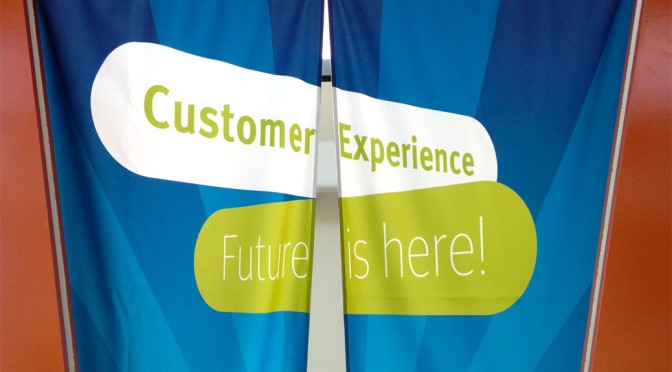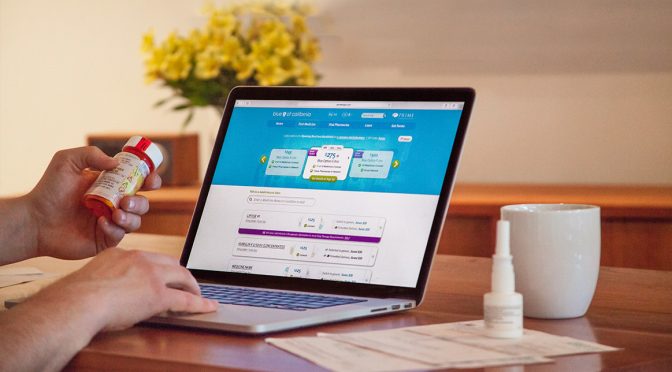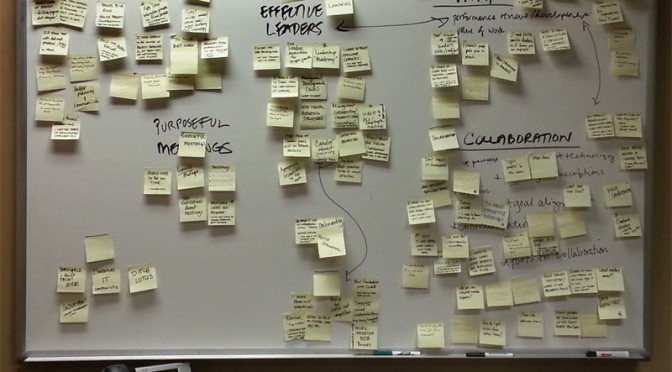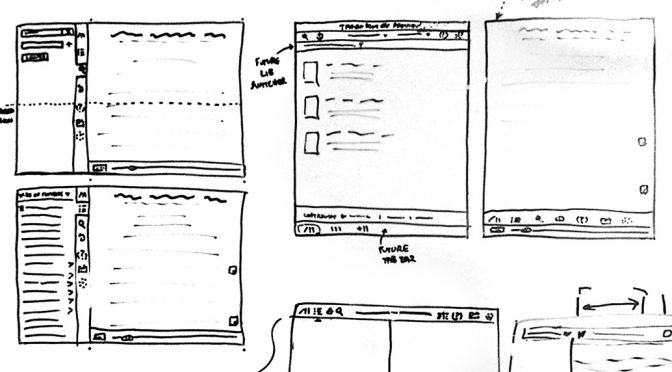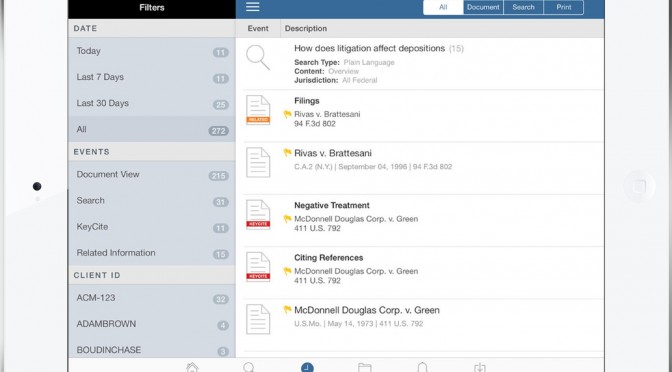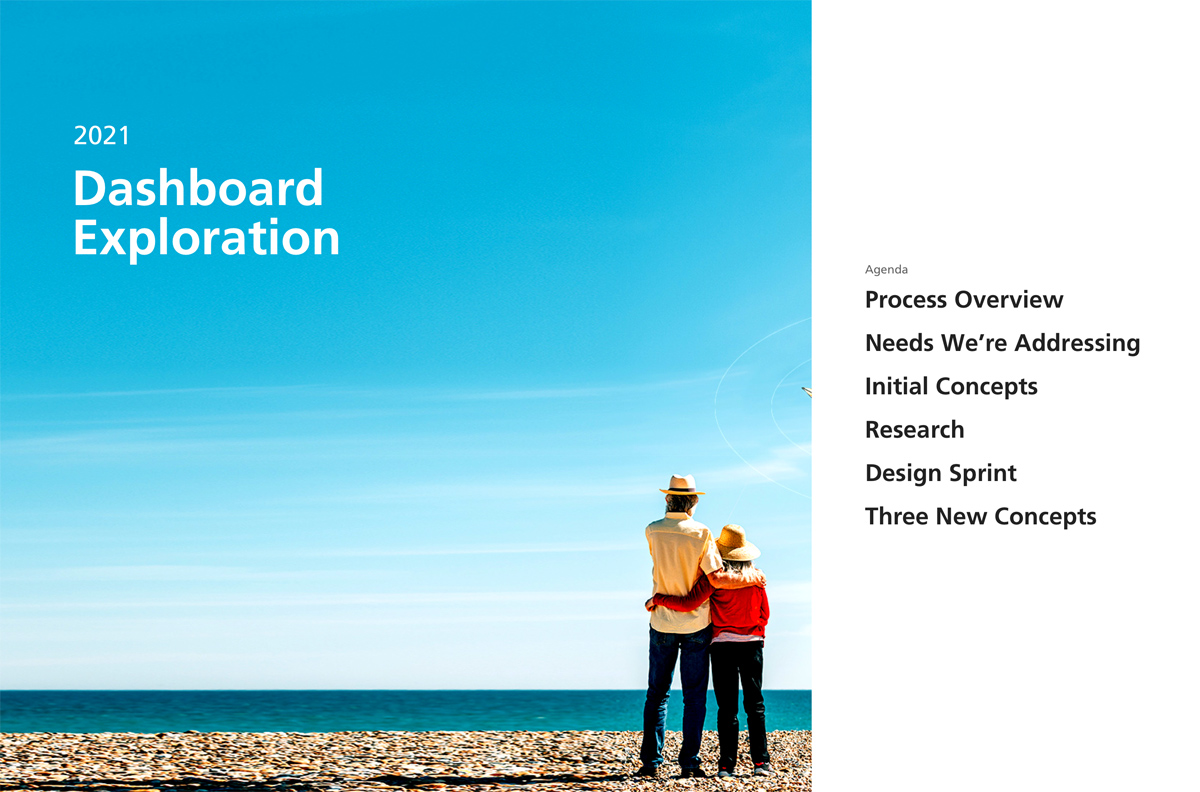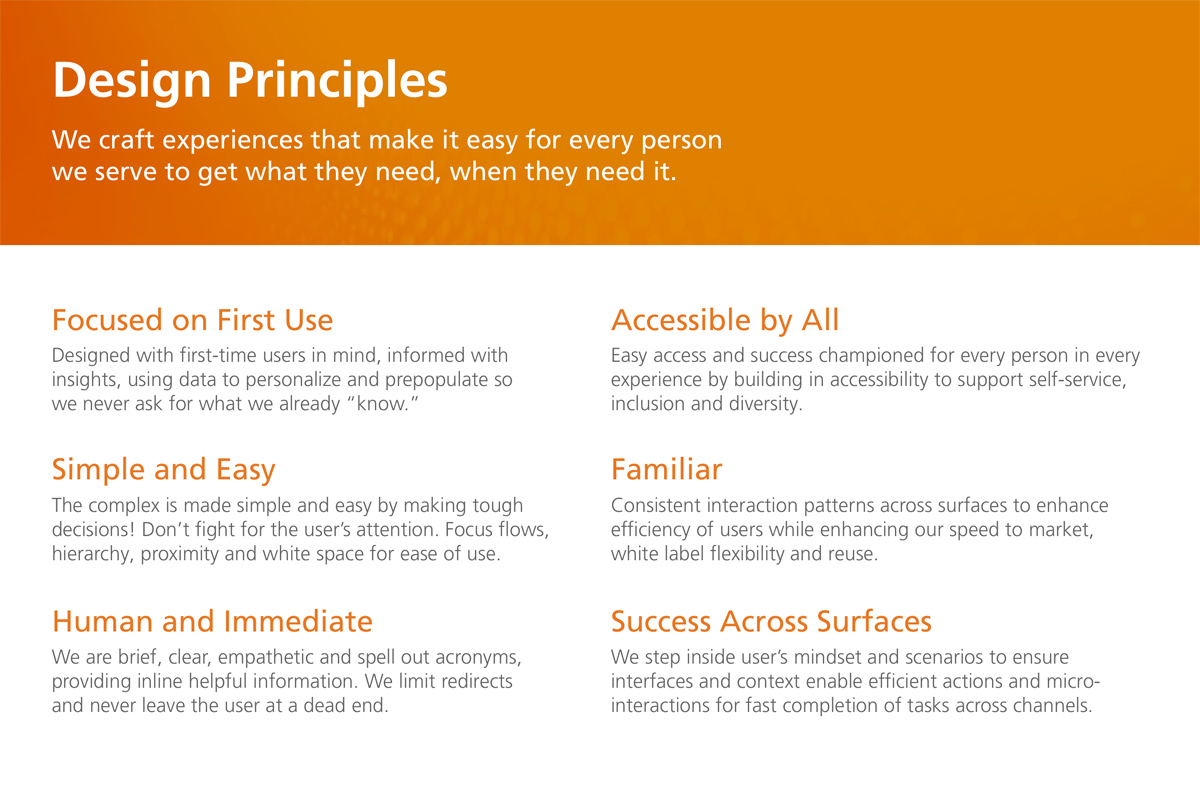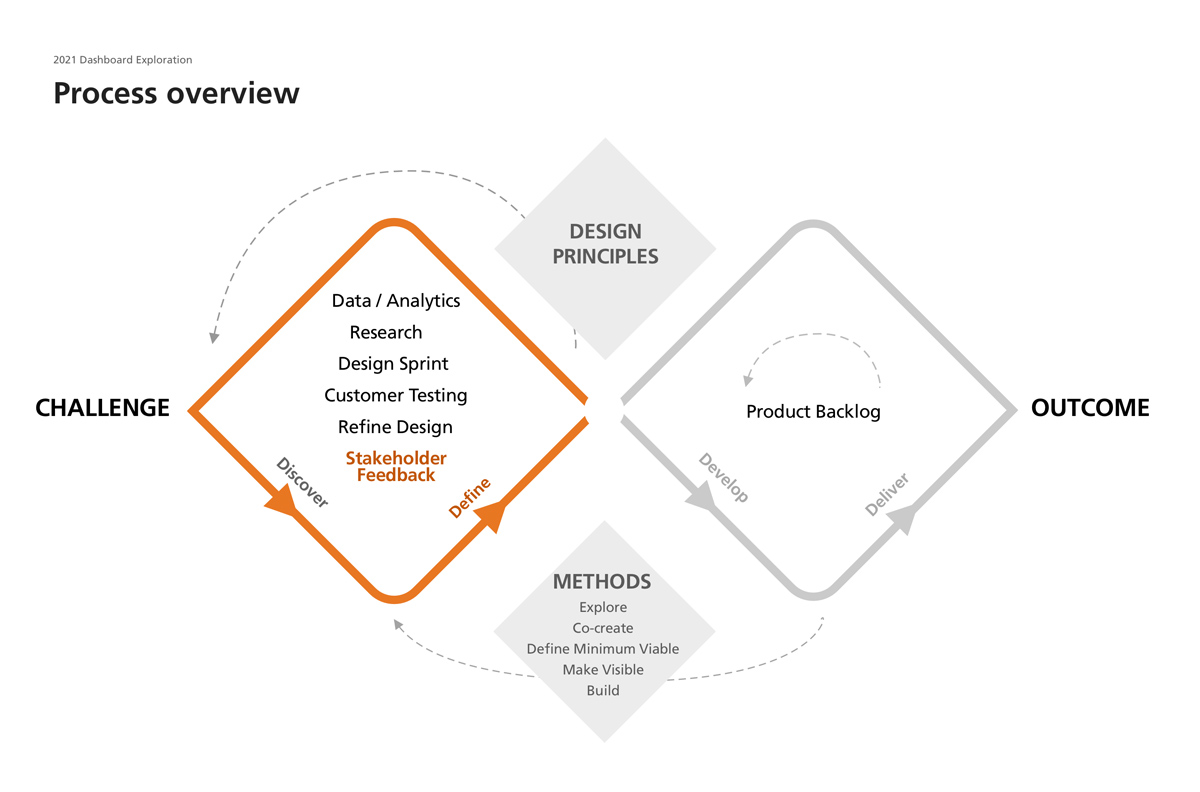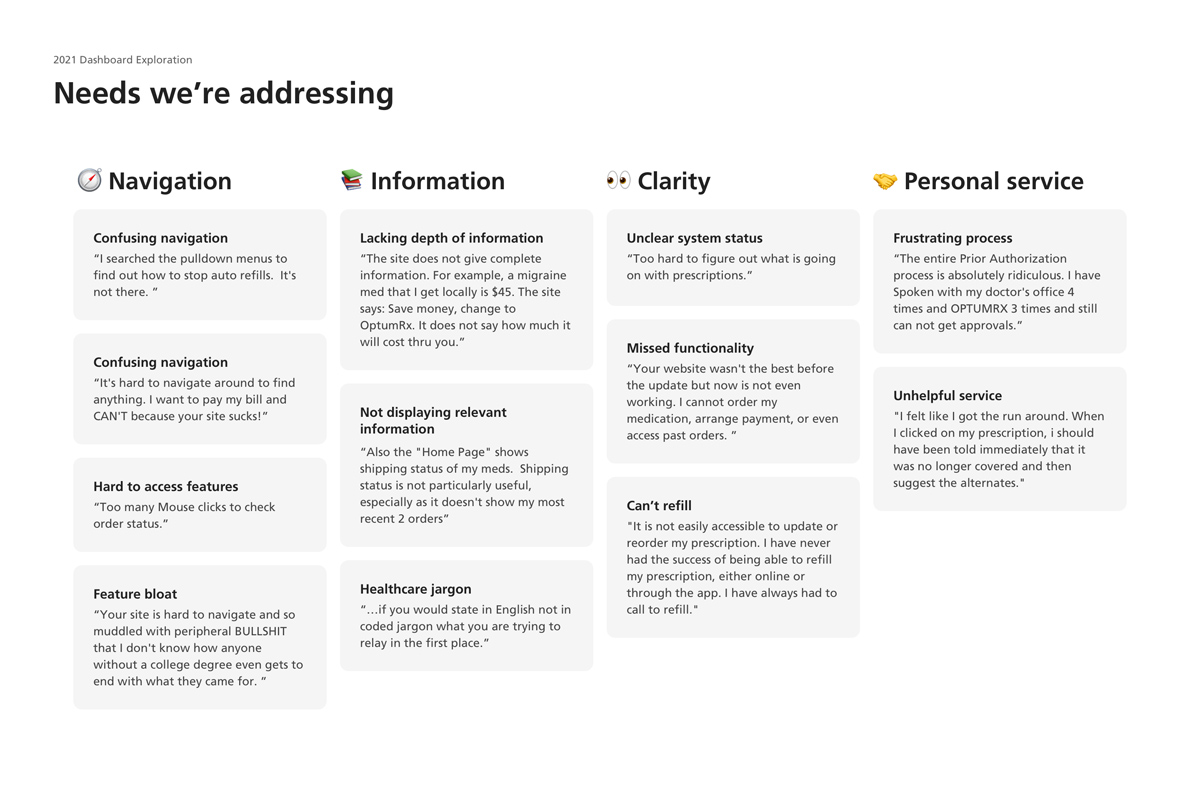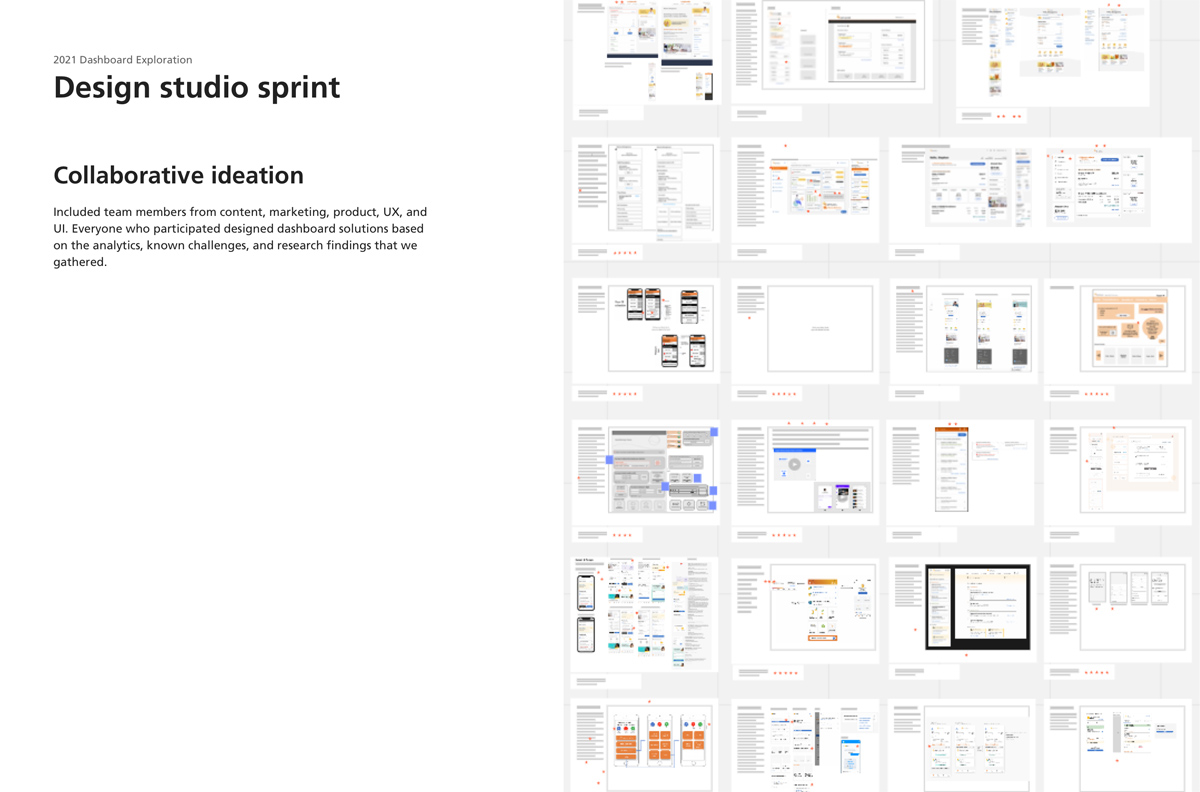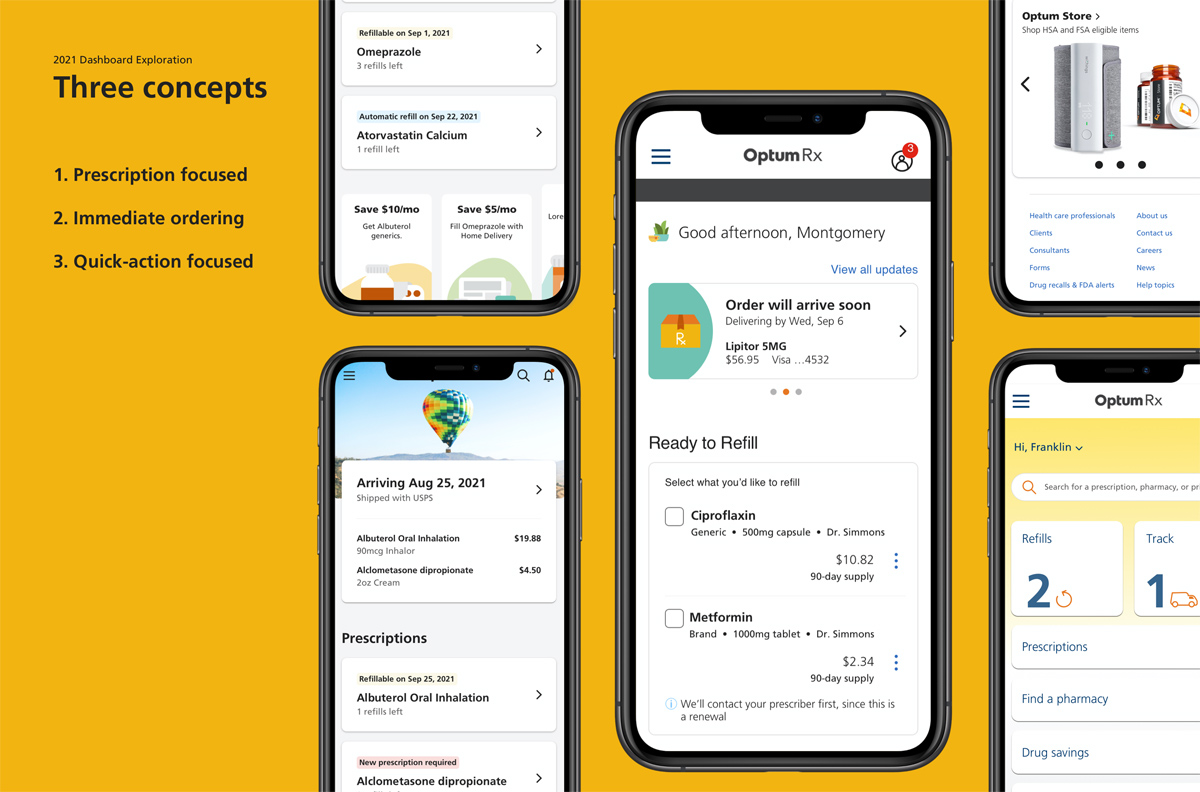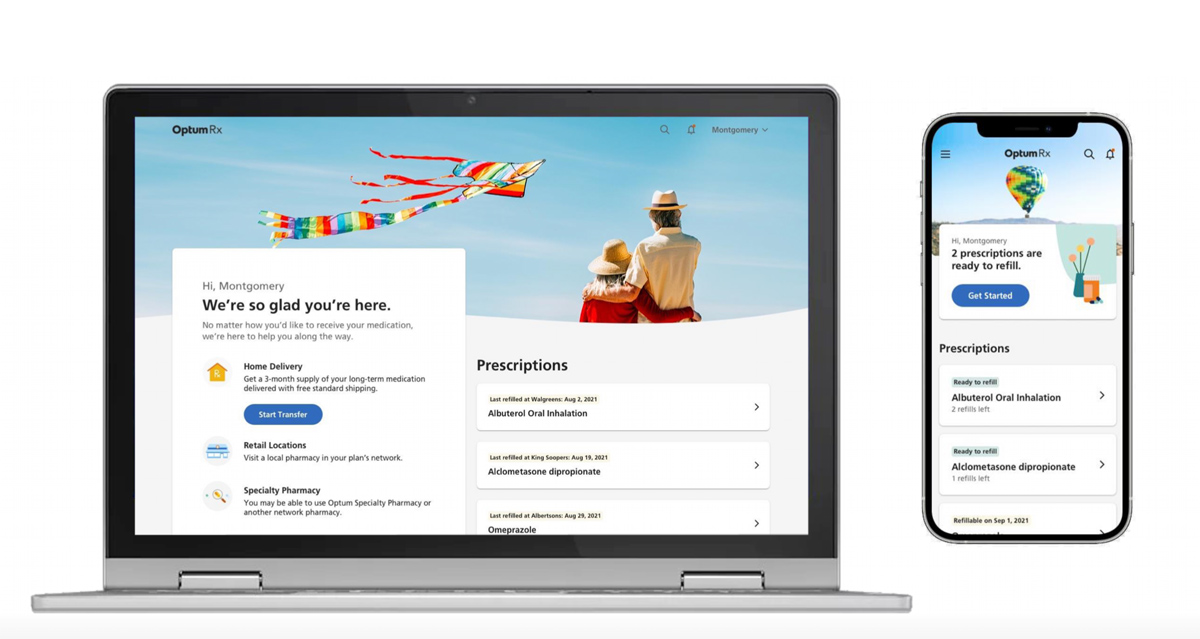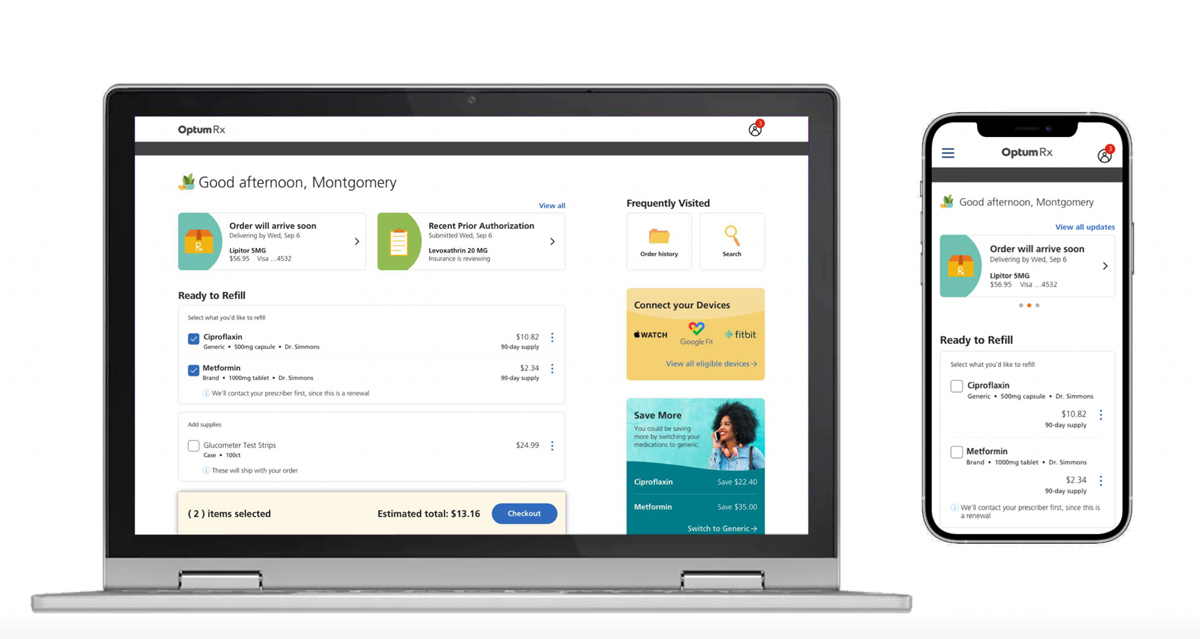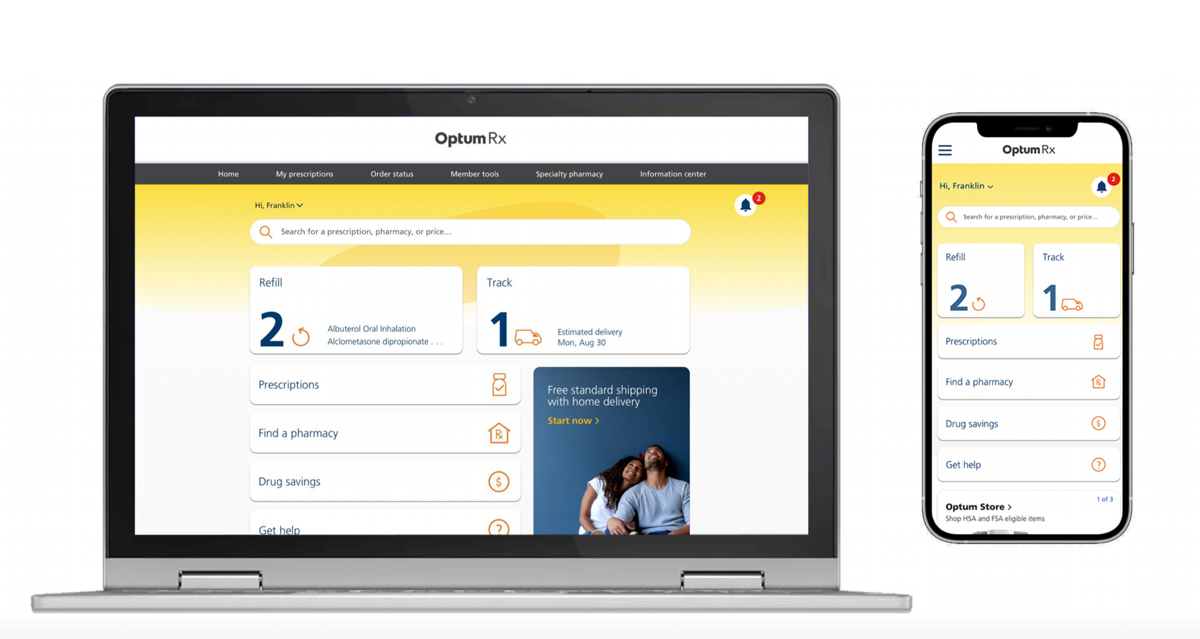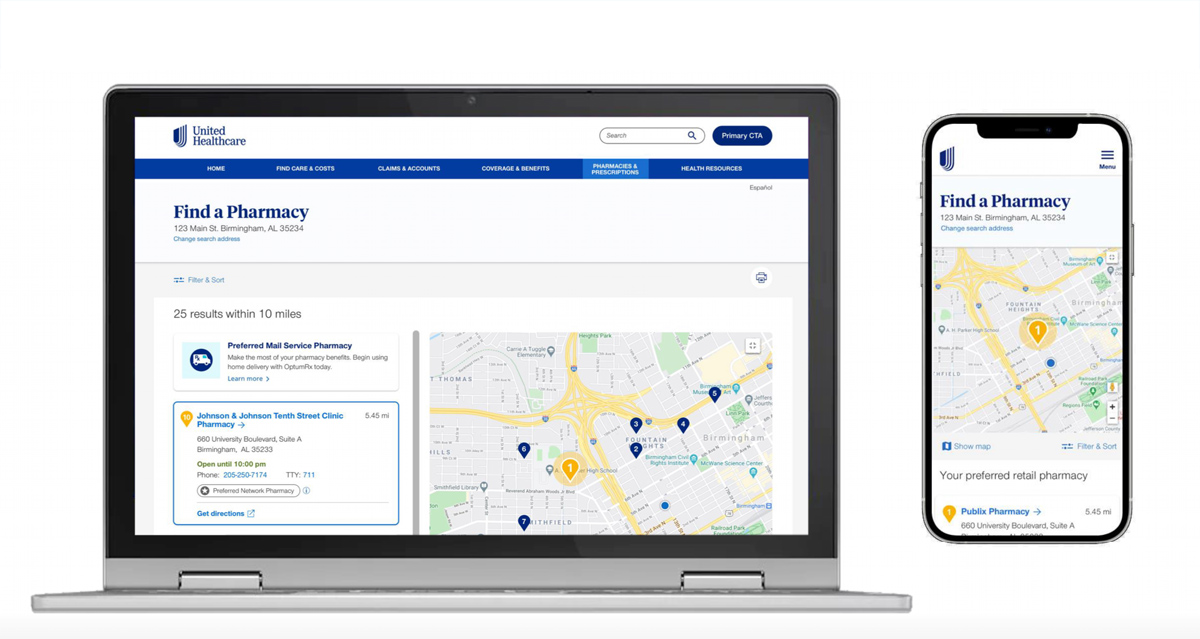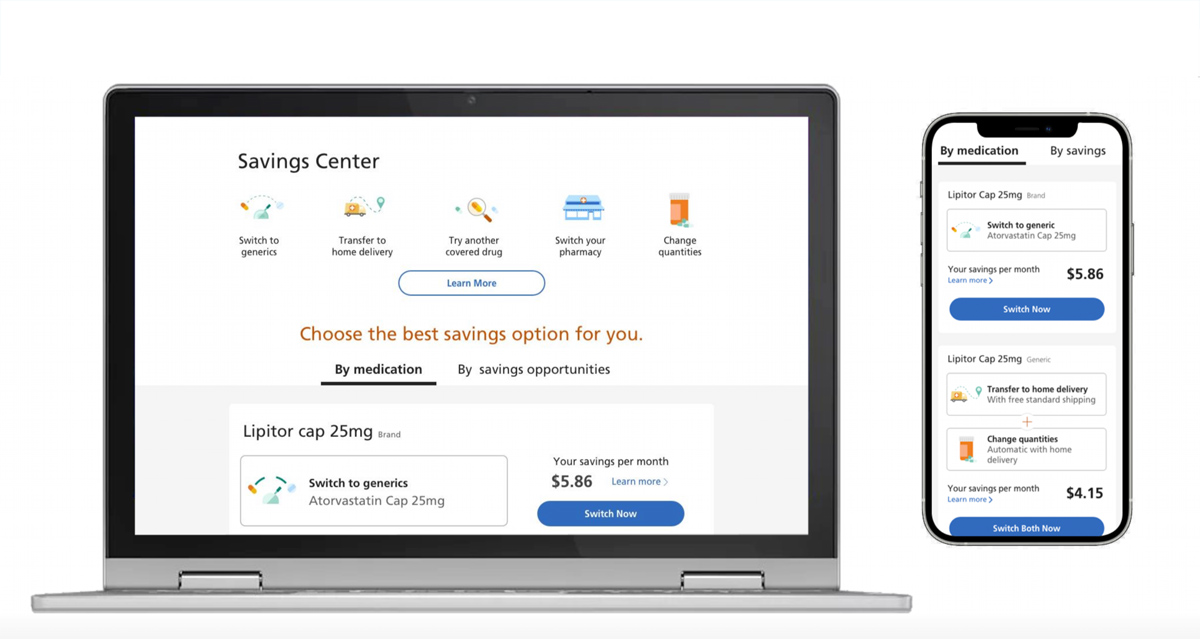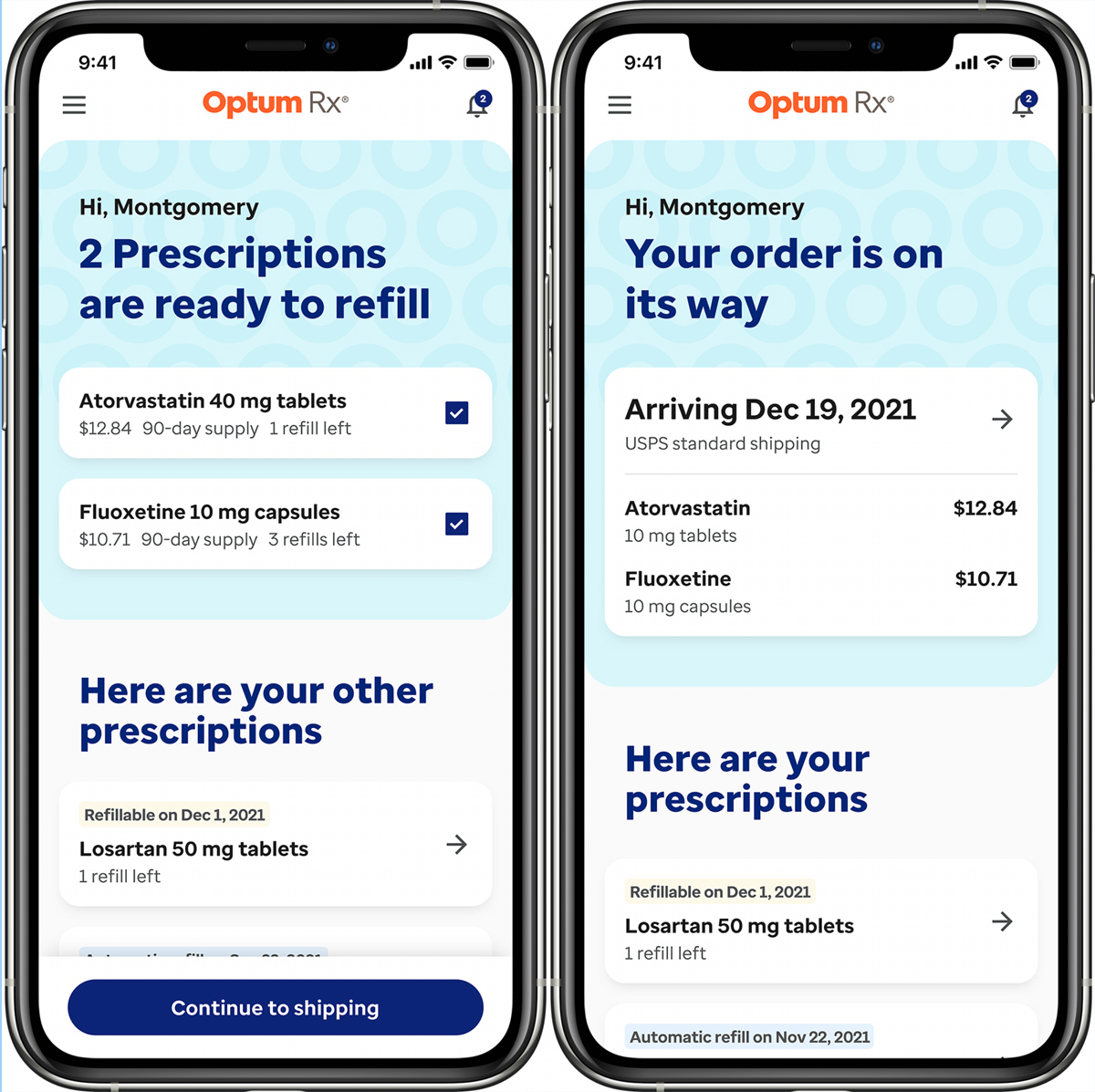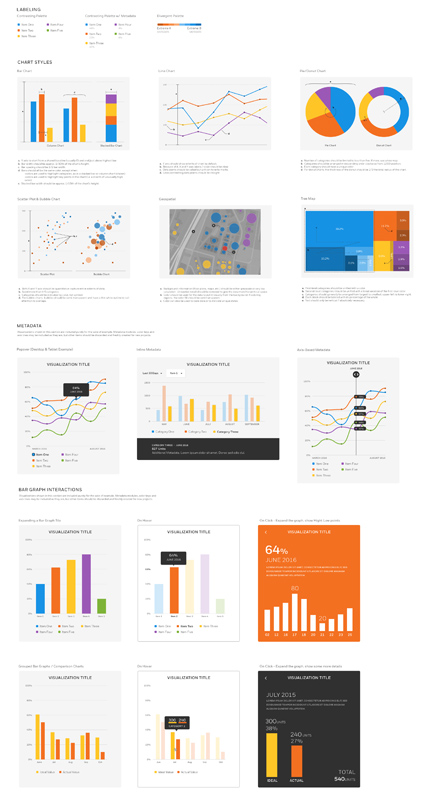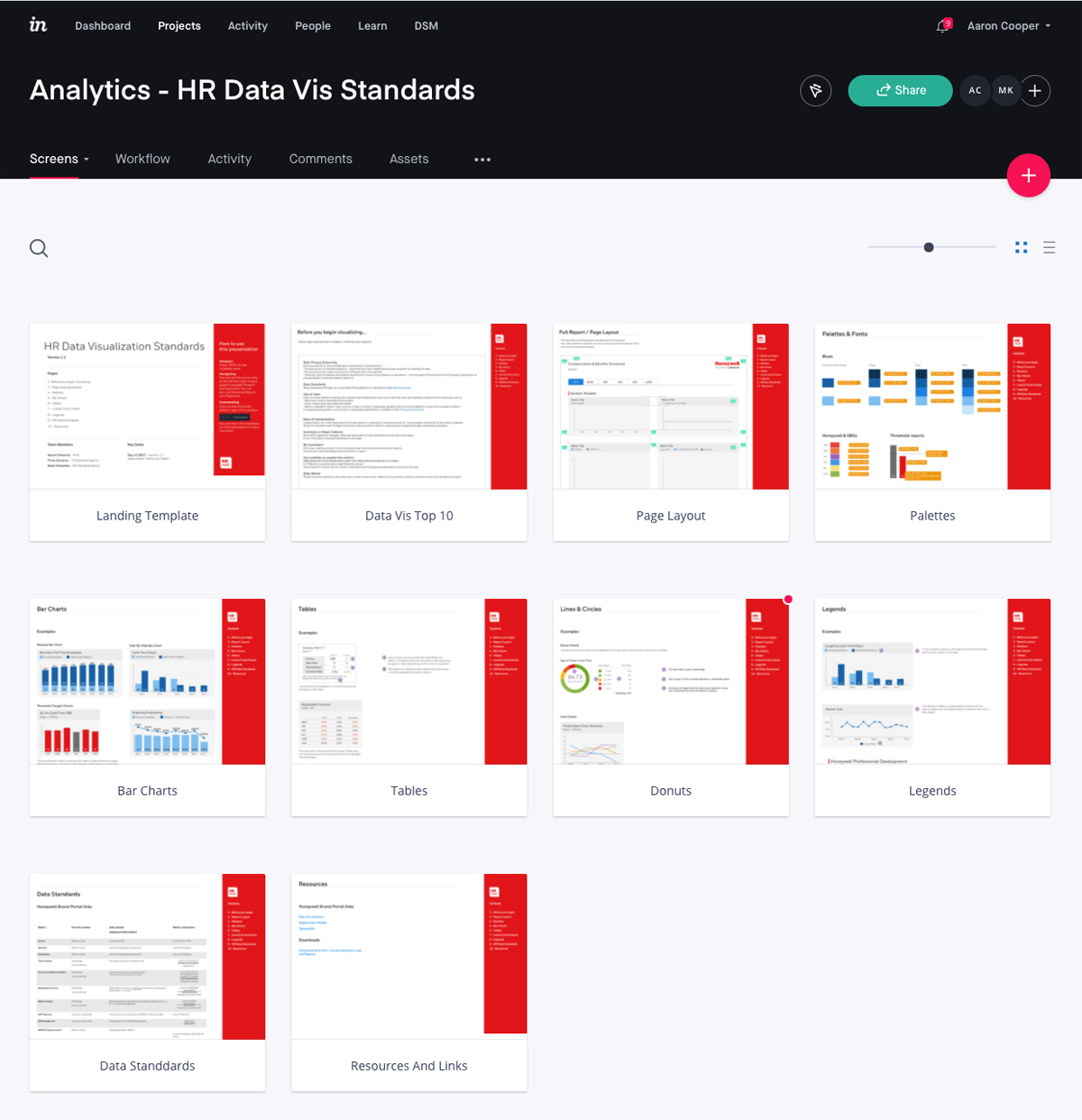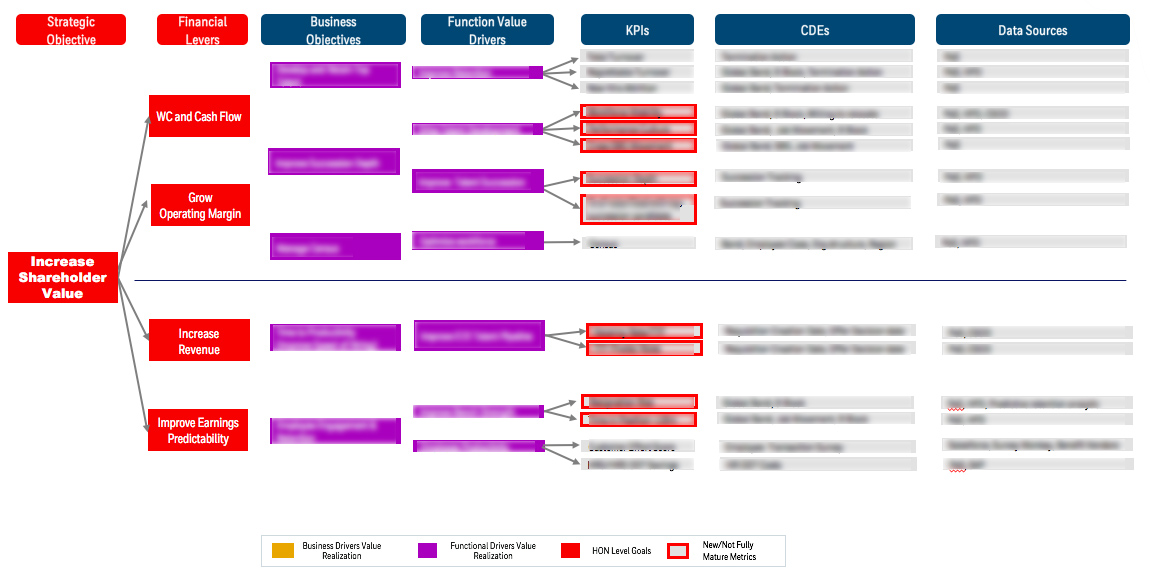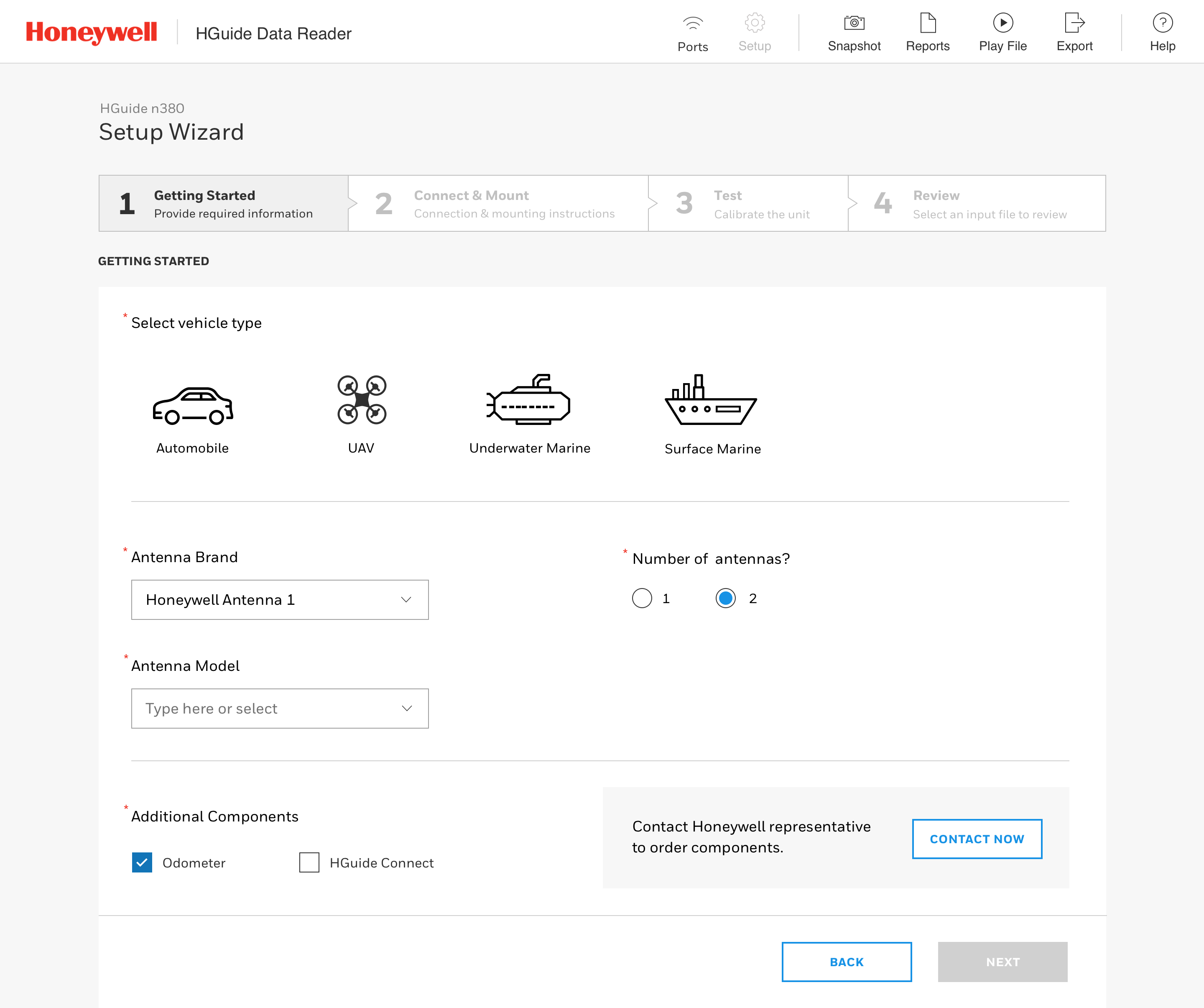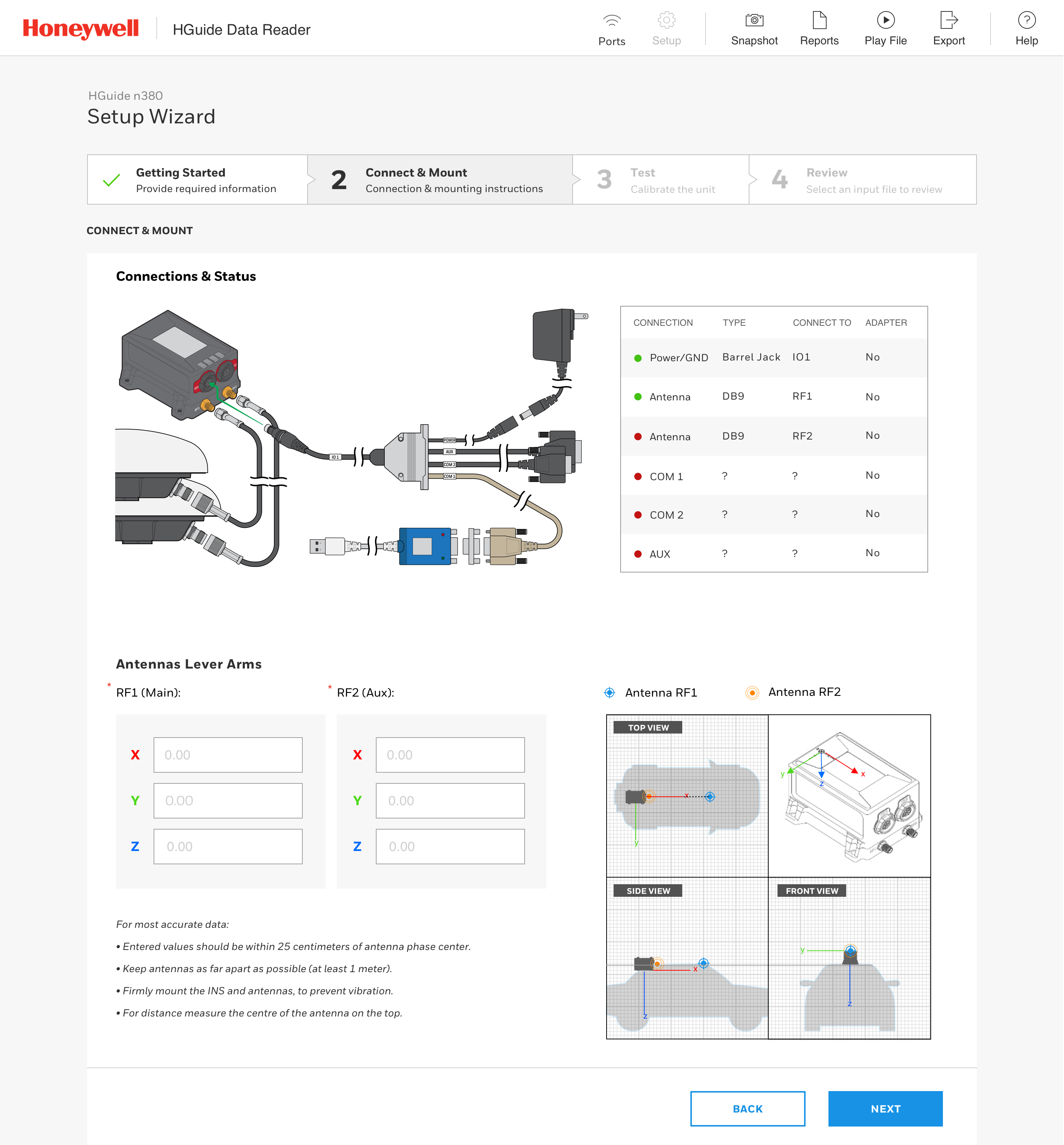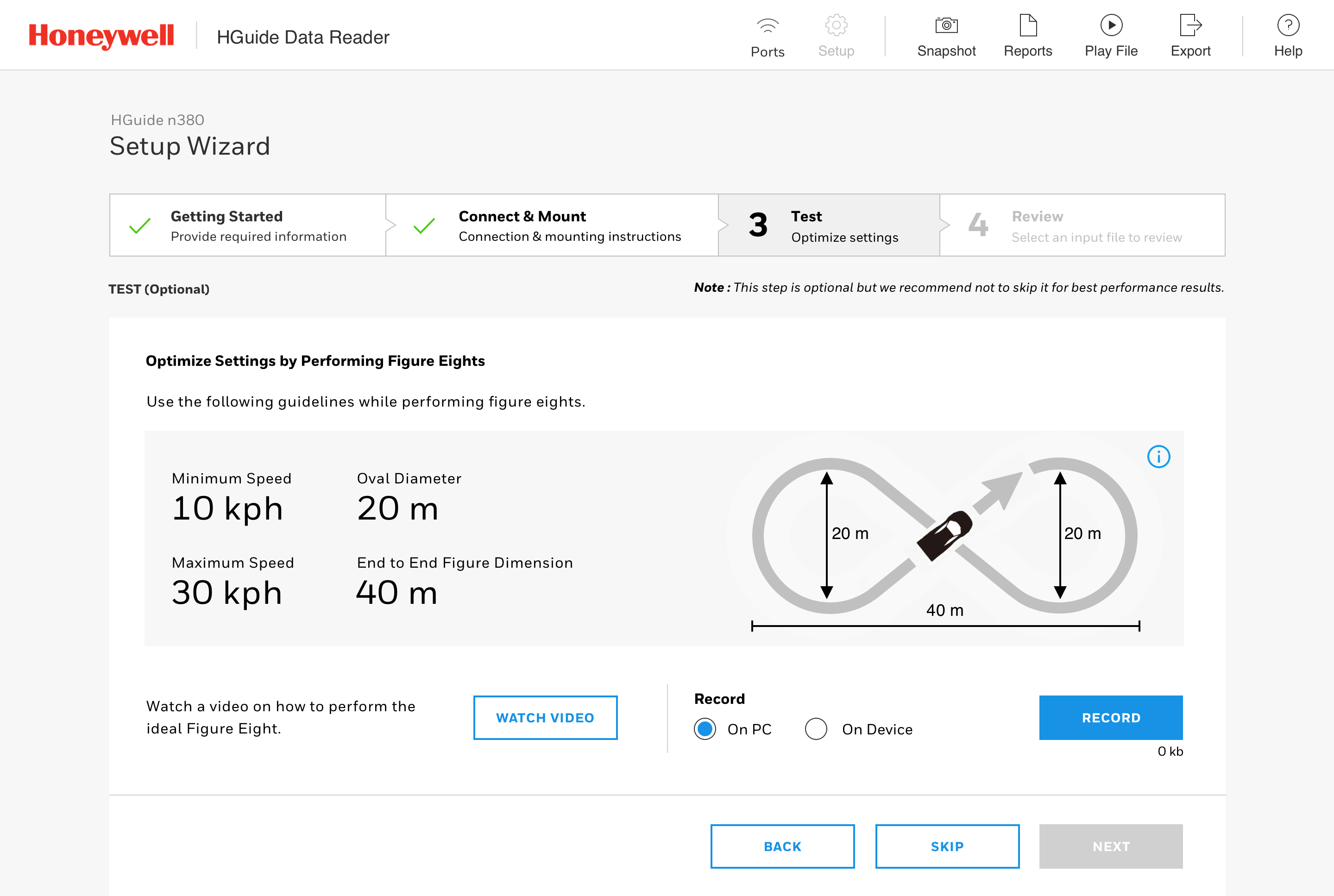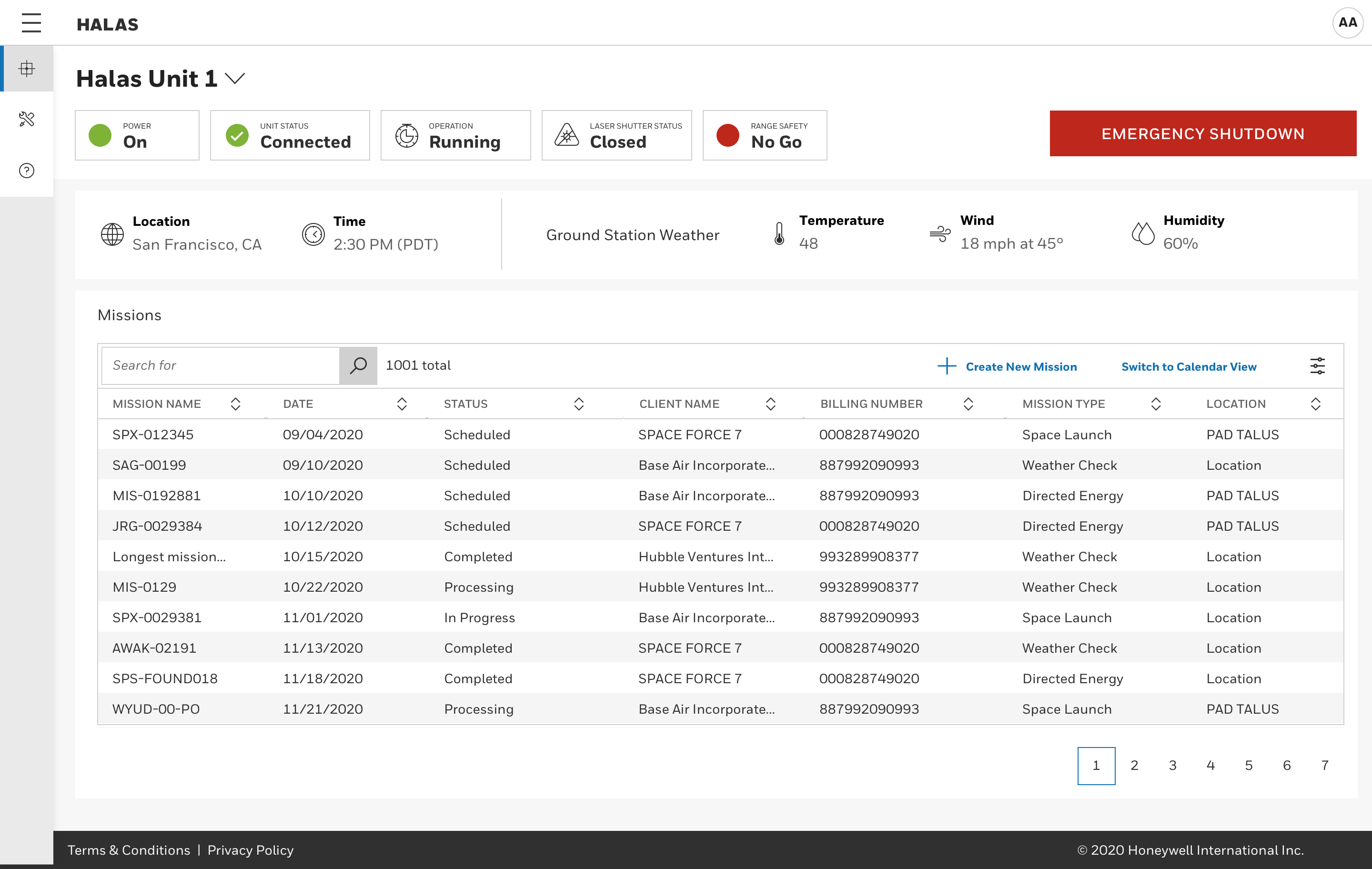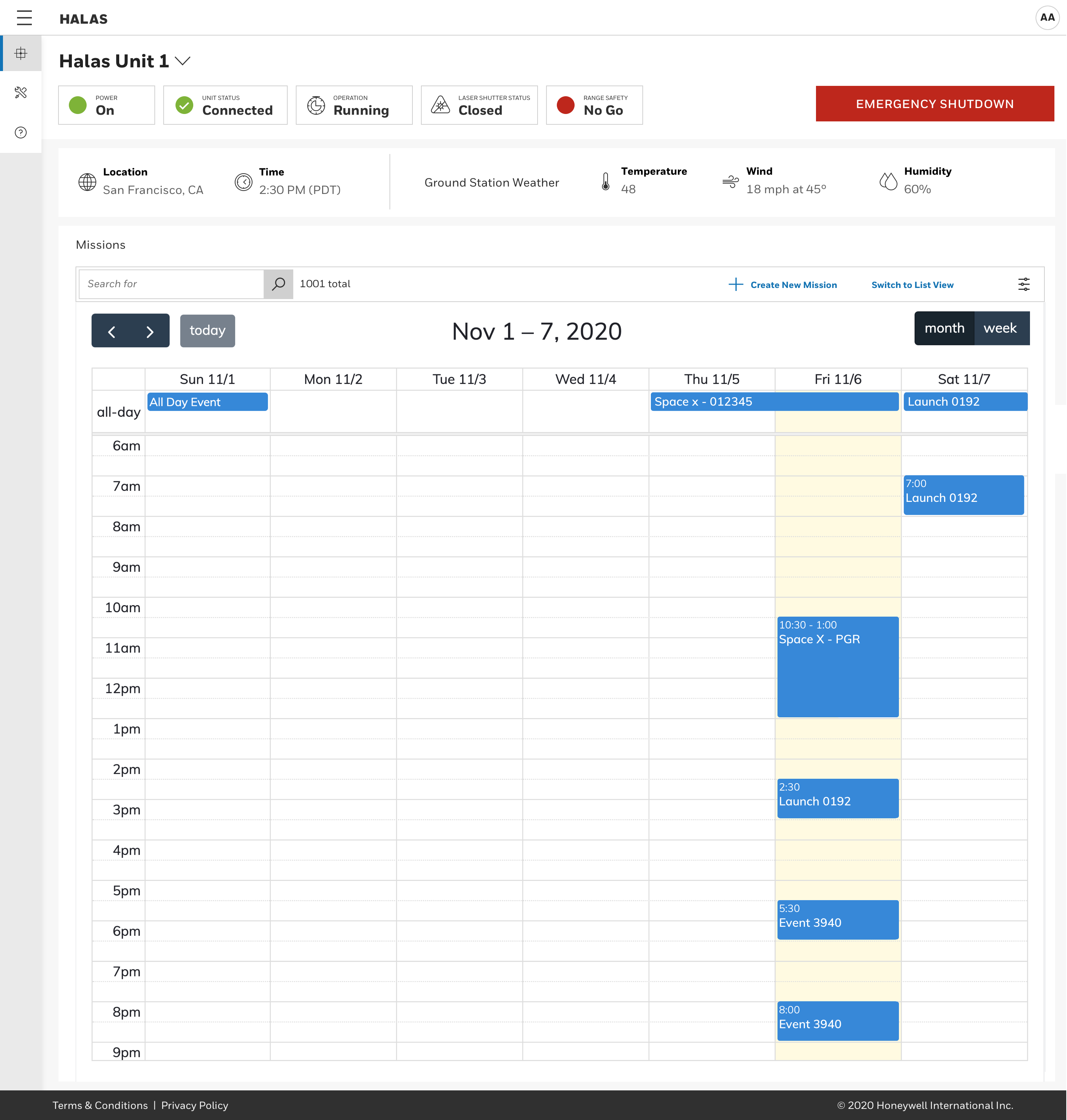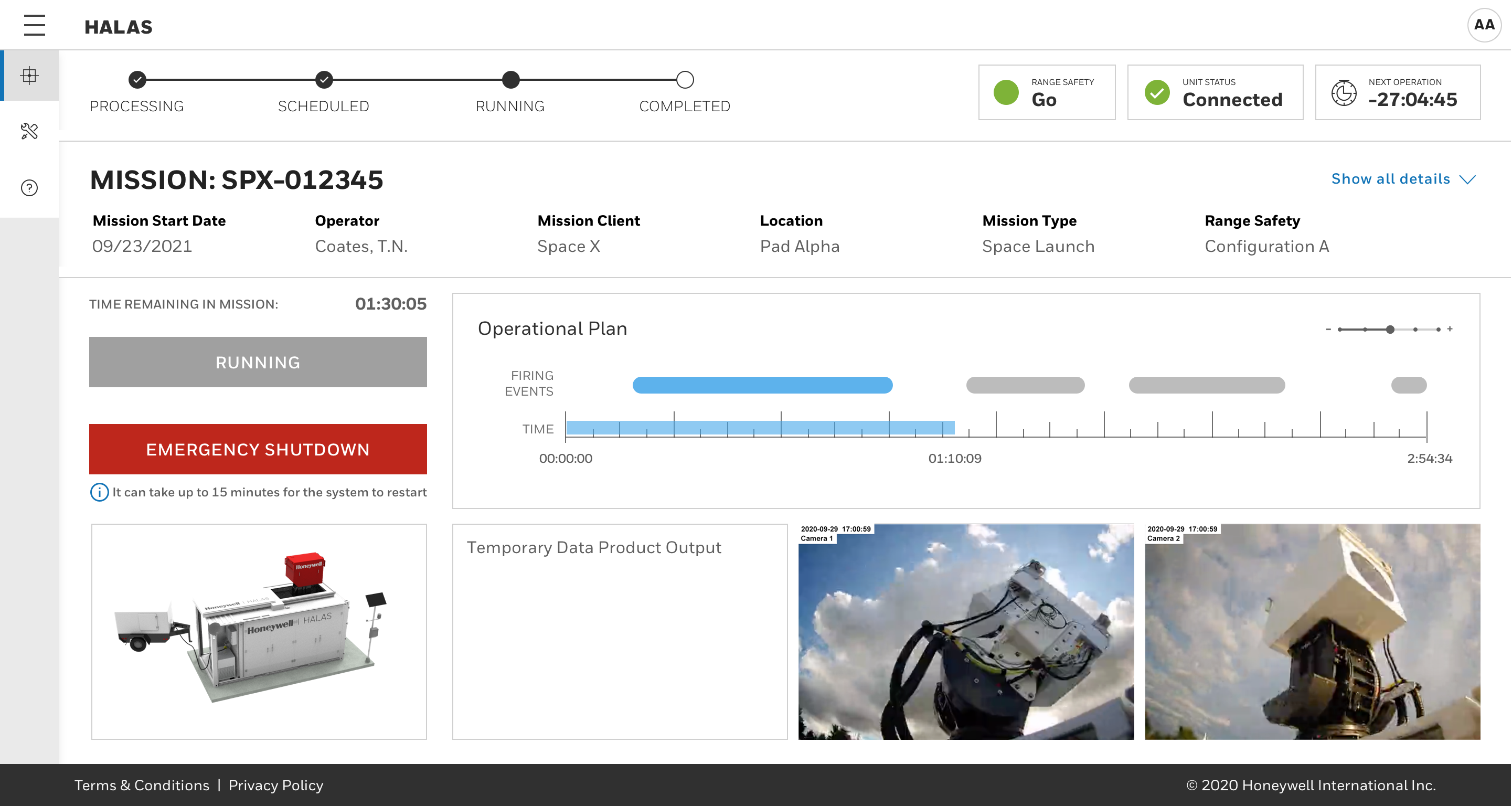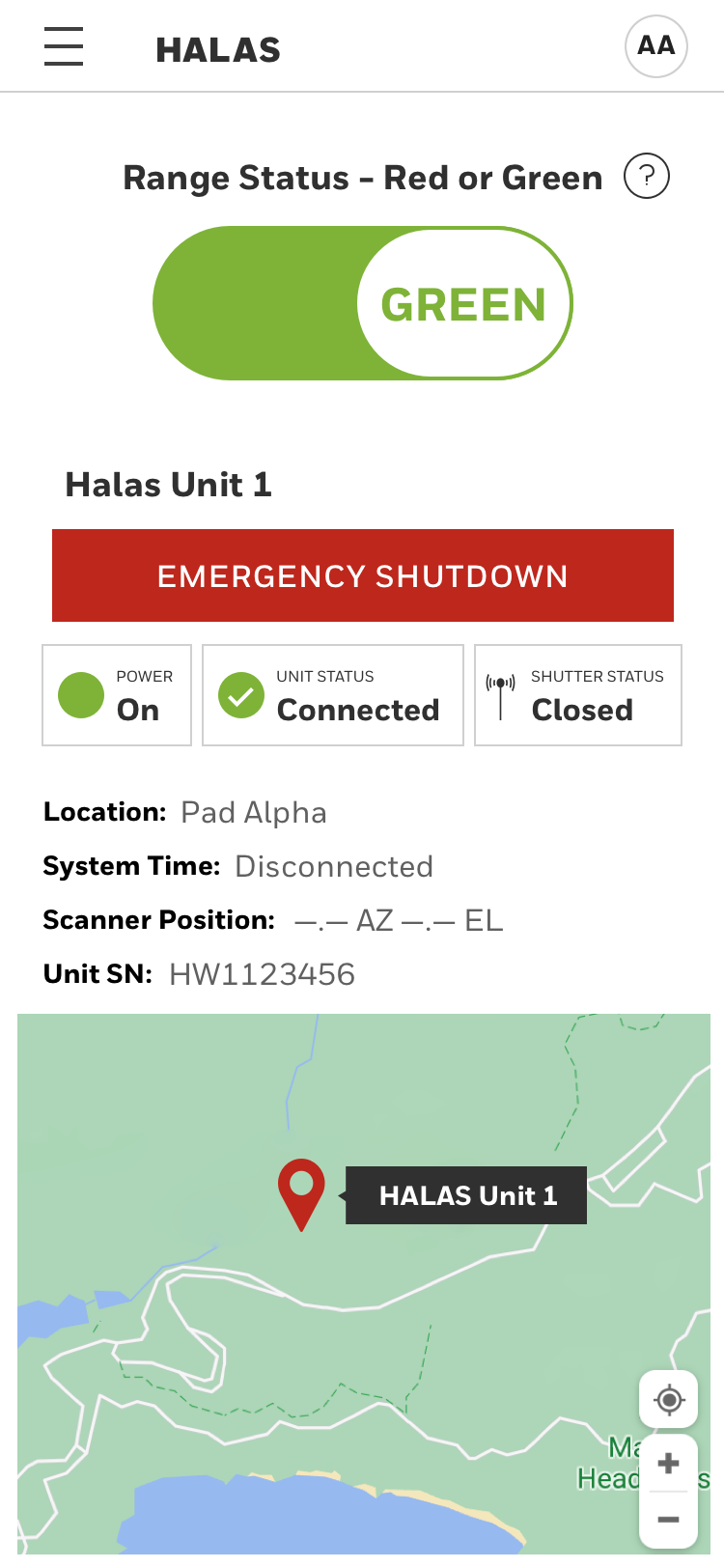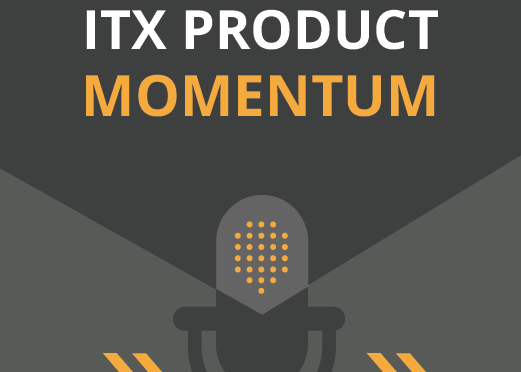
Category Archives: Uncategorized
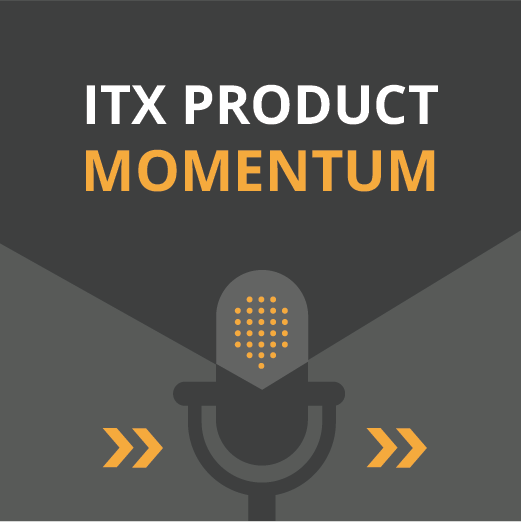
Product Momentum Podcast on Scaling Ideation
Podcasts to Embed UX Mindset Globally
Sharing Thought Leadership to
Recruit and Strengthen UX Network

Design Sprinting for Healthy Living via Easy Ordering and Savings
Upon joining OptumRx to lead Design, I quickly recognized that my team of 30 talented researchers, designers, content strategists, front end developers and Accessibility experts had long been viewed internally as the design “delivery” team. Stakeholders saw the team as “the ones who deliver design for user stories.” Leaders did not see the Design team as people who could enable and lead discovery, cross-functional ideation and innovation.
I listened first, conducting one-on-ones with all 30 of my team members plus partners from Development, Product, Client, Operations and other teams. I also identified my team needed clearer DesignOps – ways of working. Over the course of 3 months we enabled a view of our team’s capacity, aligned designers to Product capabilities, implemented practices to retain our top talent and opened up capacity for Design Sprinting.
With the stage set to demonstrate the team’s Design mojo, we dove into data, ranging from contact center analytics, journey data and the “why” behind Net Promoter Scope (NPS) scores. My team identified key pain points and opportunities to make it easier for our 80 million members to manage their prescriptions. My team then led a Design Sprint to move from customer insights into visible ideas about future state possibilities for our landing experience. The concepts transformed the experience by showing how a member might immediately order from their dashboard, track orders with ease and immediate see ways to save money. This was all guided by new Design Principles I crafted with my leaders and our partners, to drive our Design mindset and hold ourselves and others accountable.
Results
- Increased funding for Design due to increased leadership visibility to the impact of Design Thinking and Sprinting
- 25% Increase to Net Promoter Score via web app efficiency enhancements
Artifacts
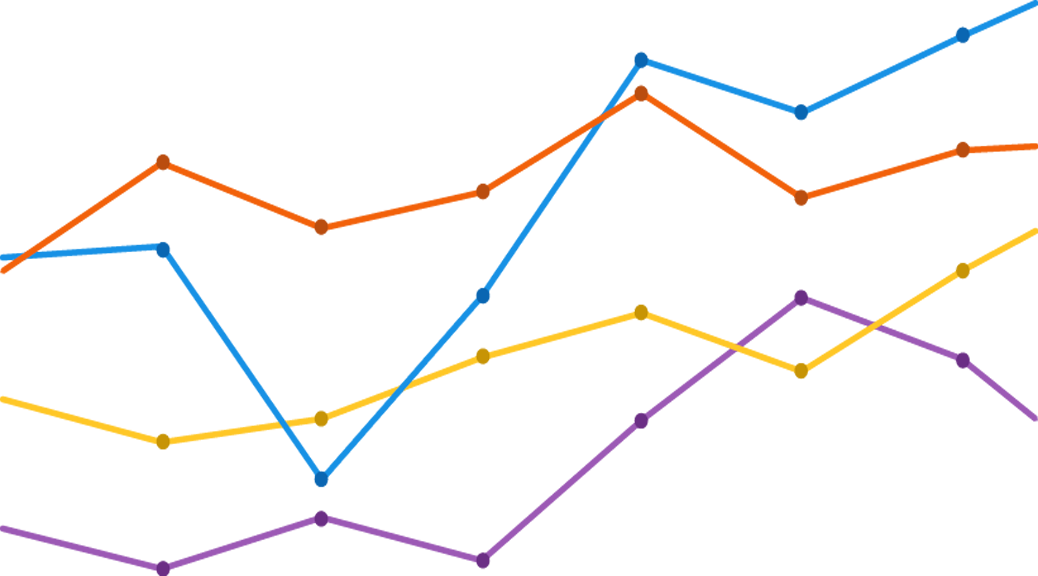
Data-driven Business Decisions via
Data Governance & UX Standards
The call range out, “Our businesses must make decisions based on data.” To make that happen, internal functions such as HR, Procurement and Sales and Marketing needed a new management operating system combining enhanced enterprise data governance, data science and effective data visualization via Tableau.
I supported global digital transformation User Experience and change management to drive higher quality data and new ways of making data insights visible:
- Facilitated definition of a new data governance model, including organizational structure, job descriptions and stewardship processes
- Led audits of functional data to identify Critical Data Elements (CDEs) and their “health” for CEO reviews
- Defined the vision for communications and new gamified learning process
- Led audits of functional data to identify Critical Data Elements (CDEs) and their “health”
- Co-led creation of a company-wide Design Language System and led application to internal functions
- Participated in session to define new predictive analytics models
Results
- Targeted Sales campaigns via higher quality customer Master Data
- Intuitive scorecards to drive business decisions
Artifacts
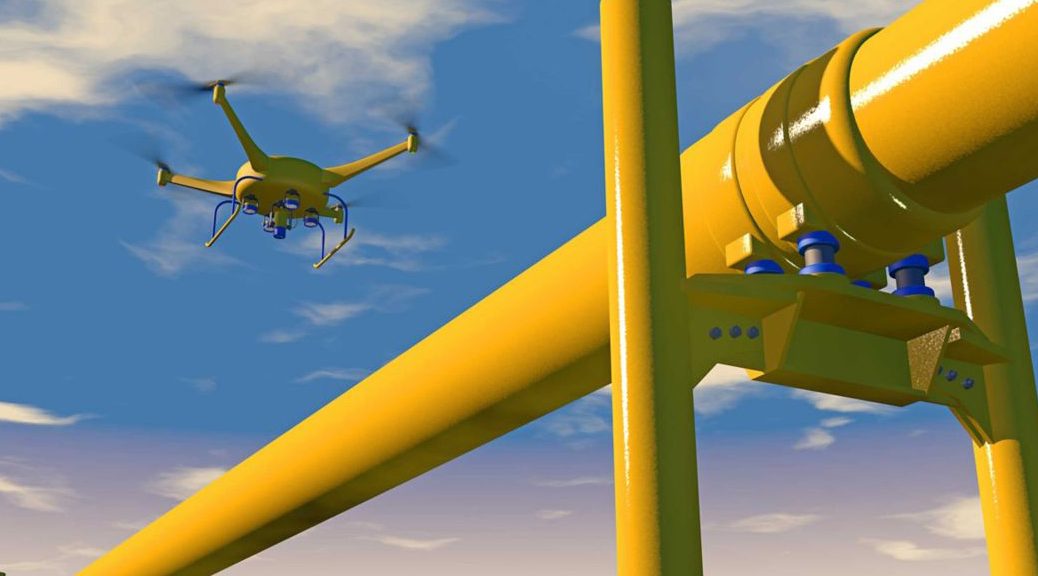
Advanced Autonomy via
Guided Config Interface
This design program served engineer customers within non-aerospace and non-defense companies who need to integrate navigation and inertial sensing for autonomous vehicle, survey and mapping and other applications. The program will drive $15M revenue in year 1, and $100M revenue over a 5-year strategic plan.
The applications noted above require extremely accurate positioning data. That data comes from Inertial Measurement Units (IMUs) and Navigation units that combine GPS/GNSS and inertial data. They also require an easy way to configure and calibrate enabling sensors.
We created a guided configuration wizard that greatly reduces Time On Task and enhanced customer’s ability to evaluate offerings. In the previous interface a user needed to selected from hundreds of “messages” – scripts that combined to form a testing protocol. Now, a user can answer a few questions, select components, see an intuitive wiring diagram, test their configuration and start integrating sensors within their platforms. Design was informed by close collaboration with sensor design engineers and VOC with customers to understand efficiency pain points.
Results
- Shortened sales cycle time via faster evaluation periods
- Increased revenue from intuitive integration, larger volume orders
Artifacts
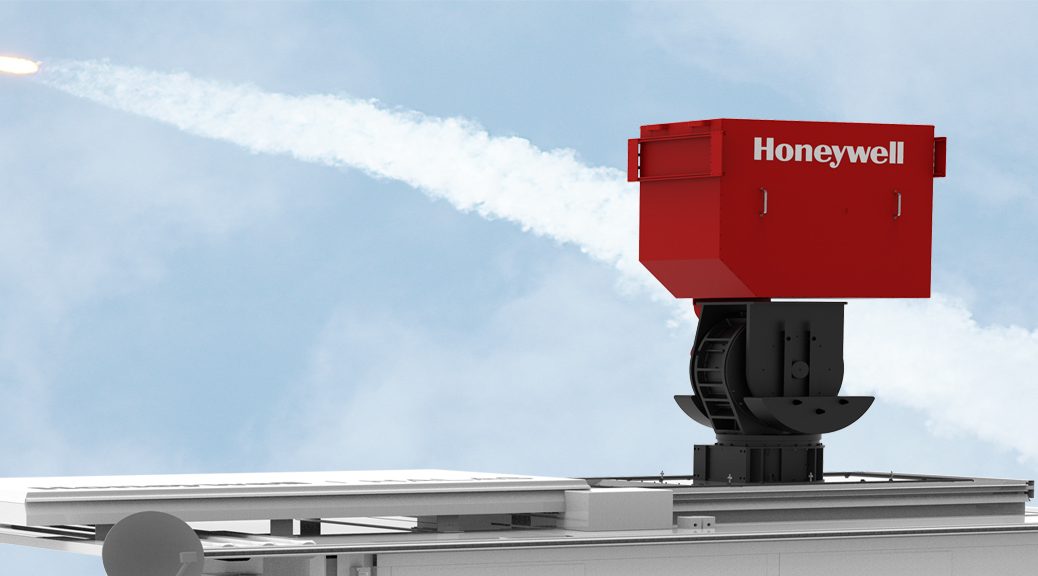
Minimum Viable Offering (MVO) Via
Agile Collaboration
Customer, potential and active, needed a way to accurately know atmospheric conditions to inform go/no-go decisions for commercial aircraft and space vehicle missions. Our advanced technology team, Product Owner, software technology leads and User Experience team needed to define a Minimum Viable Offering (MVO) to drive $7M revenue in year 1, and $100M revenue over a 5-year strategic plan.
Technology and Product Management teams were used to documenting product requirements using Business Requirement Documents (BRDs) and Statements of Work (SOW) within a Waterfall process. Given the need for speed of definition, design and development, Aerospace leaders approved use of an Agile methodology.
Team members not experienced in the methodology needed training and mentorship, fast. They needed empathetic and pragmatic User Experience leadership, to lead the team toward a clear backlog of user stories to guide design and development. I facilitated design sessions and Epic and User Story collaboration sessions. We used Jira as our primary product backlog tool.
Within 60 days, the team produced clear software design mockups for MVO, industrial design renderings and branding guidelines for the shipping container-sized hardware, a prioritized backlog of User Stories organized into Sprints and aided sales in development of lead-generating presentations. This has enabled development of the end-to-end experience, from the point of entering a weather sampling mission, through Laser Clearing House (LCH) processing and completion of missions. Sales can now run intuitive demos to drive continued leads and revenue.
Results
- Prioritized backlog of user stories targeting $7M revenue in first year
- Co-facilitated training of 25 team members in Agile best practices
- Synthesized Voice of Customer research with Military and Commercial customers into clear software design and hardware specifications and renderings
- Azure Cloud deployment, to provide remote operations to clients globally
 AARON COOPER
AARON COOPER